It’s a curious but undeniable fact: Paris is a city which has selectively, but deliberately, consumed its own past, and consciously chosen which of its many faces to show to the world.
We know it as the city of the Belle Époque, the city of Hugo, the city of Revolution, the city of Louis XIV, the city of Notre-Dame — but how often do we ever think of Paris as a city of the Roman Empire? This is not a version of itself that Paris has ever chosen to sell.
Which makes it all the more surprising that you can wander off the quiet Rue Monge, just half a mile south of Notre-Dame, and find yourself face-to-face with a physical remnant of Roman Paris, or Lutetia as it was known. Even more surprising, there’s no admission fee, audioguide, or red velvet ropes, and you’re likely to be the only tourist there.
The Arènes de Lutèce that can be visited today in the Place Emile Mâle in the Latin Quarter are the remains of what must once have been an awe-inspiring monument. Built in the first century CE, this was an impressive building even by Roman standards. Its stage area was over 40 meters long, and surrounded on one side by tiered seating. The arena played host to spectacular animal fights, gladiatorial combat, and aquatic sports, which could have been watched by up to 17,000 people — twice the contemporary population of Lutetia.
As the Roman Empire declined, so did the arena, which was for a time employed as a burial place by Christians who used its crumbling stones to mark their graves. Eventually, though, it was abandoned altogether, and by the Middle Ages the site was entirely lost.
The arena was only rediscovered in 1869, by Théodore Vaquer and construction teams tearing a path for the radical renovation of Paris being undertaken by Napoleon III and Baron Haussmann. Though construction went ahead over part of the ruins of the arena, a spirited public campaign, led by none other than Victor Hugo, led to the preservation and restoration of the site in the 1880s and ’90s.
“It is not possible,” argued Hugo,”‘that Paris, the city of the future, should renounce the living proof that it was a city of the past.” Having won the salvation of the place, however, Parisians never really figured out anything to do with it, and it has remained something of a neglected curiosity ever since.
Most of the arena you see today is not original. The seating is all a product of the restoration, and some of the amphitheater was permanently lost to building along the Rue Monge. Yet standing on the stage and using considerable amounts of imagination, it’s still possible to get a haunting sense of what the Lutetian arena would have been like. More than that, this is a reminder of a critical stage in the development of Paris, and a rare chance to observe the humble origins the city doesn’t really talk about.
The ragtag groups of local boys usually found playing football in the arena are very different to the spectacles that once took place here, but it’s wonderful to see it still used 2,000 years after it was built.
Know Before You Go
The arena is in the Place Emile Mâle, off the Rue Monge. Nearest Metro: Place Monge. A better metro is Cardinal Lemoine. Heading left up Rue Monge there are signs to two entrances to the arena.




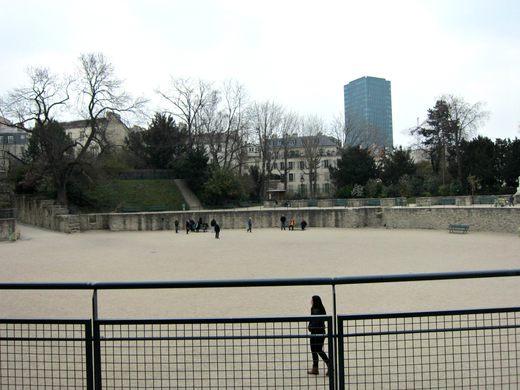



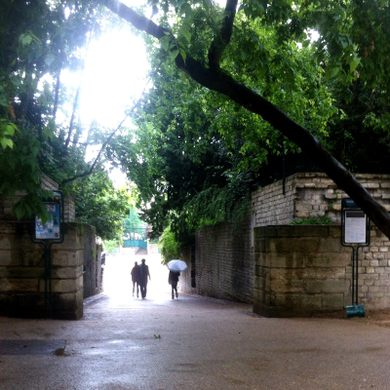

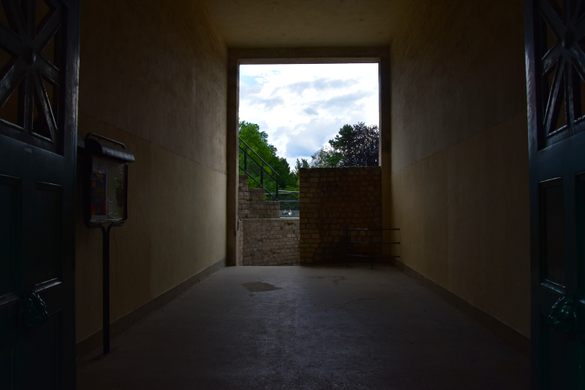

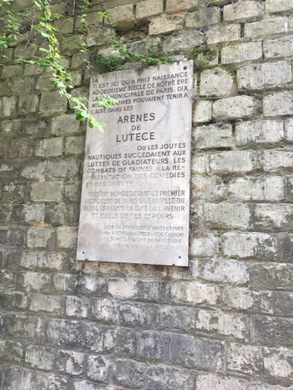
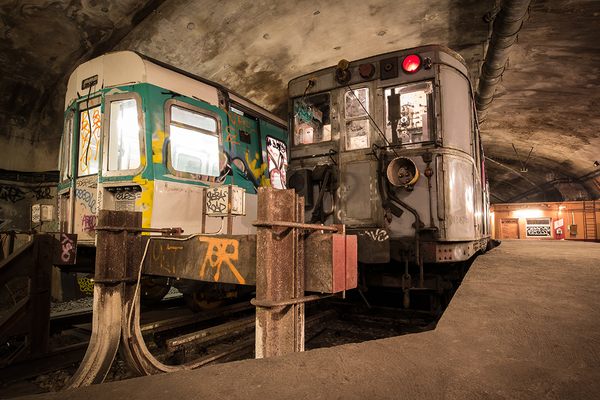










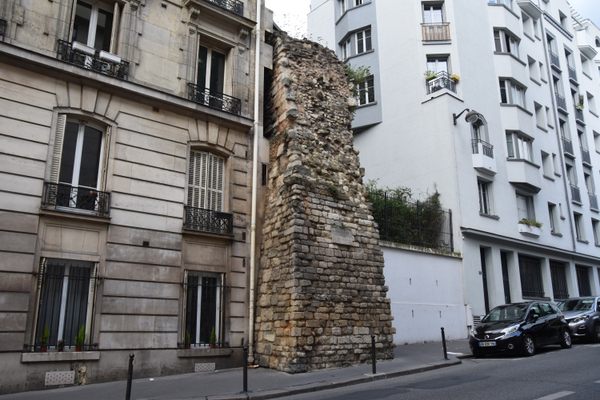
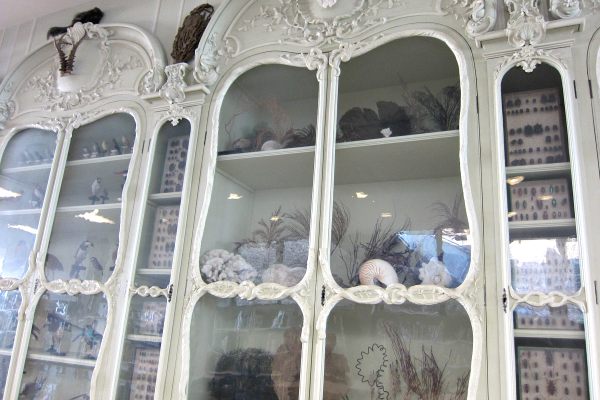




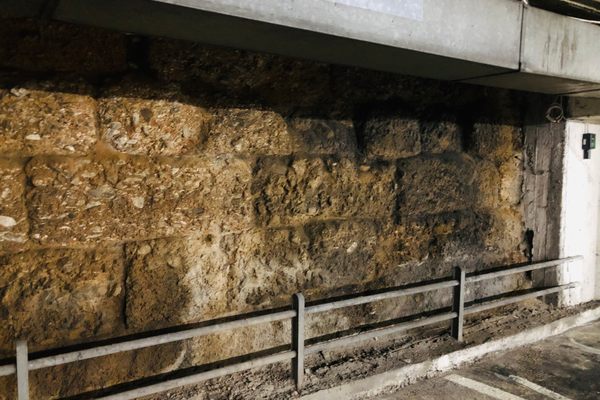


Follow us on Twitter to get the latest on the world's hidden wonders.
Like us on Facebook to get the latest on the world's hidden wonders.
Follow us on Twitter Like us on Facebook